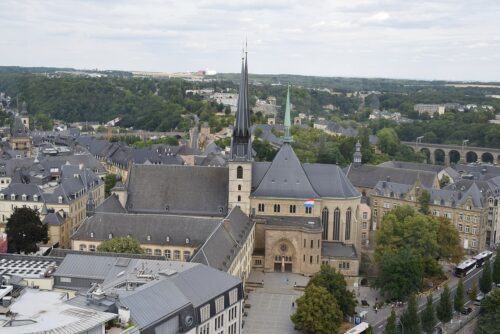Childhood
Conrad I (1040-1086) was the first to call himself Count of Luxembourg which until 1083 had grown to be a city with two churches and two bridges over the Alzette and Pétrusse Rivers while the Benedictine Altmünster Abbey was founded on the Bock hill behind the castle.
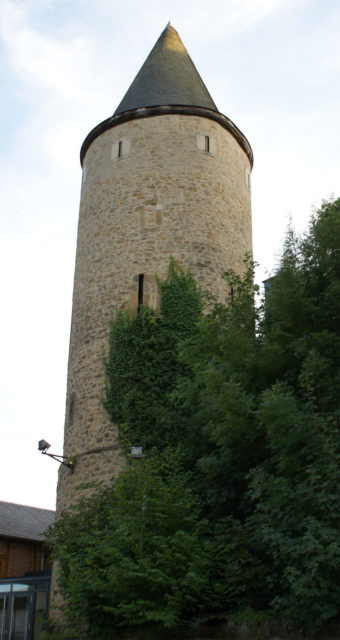
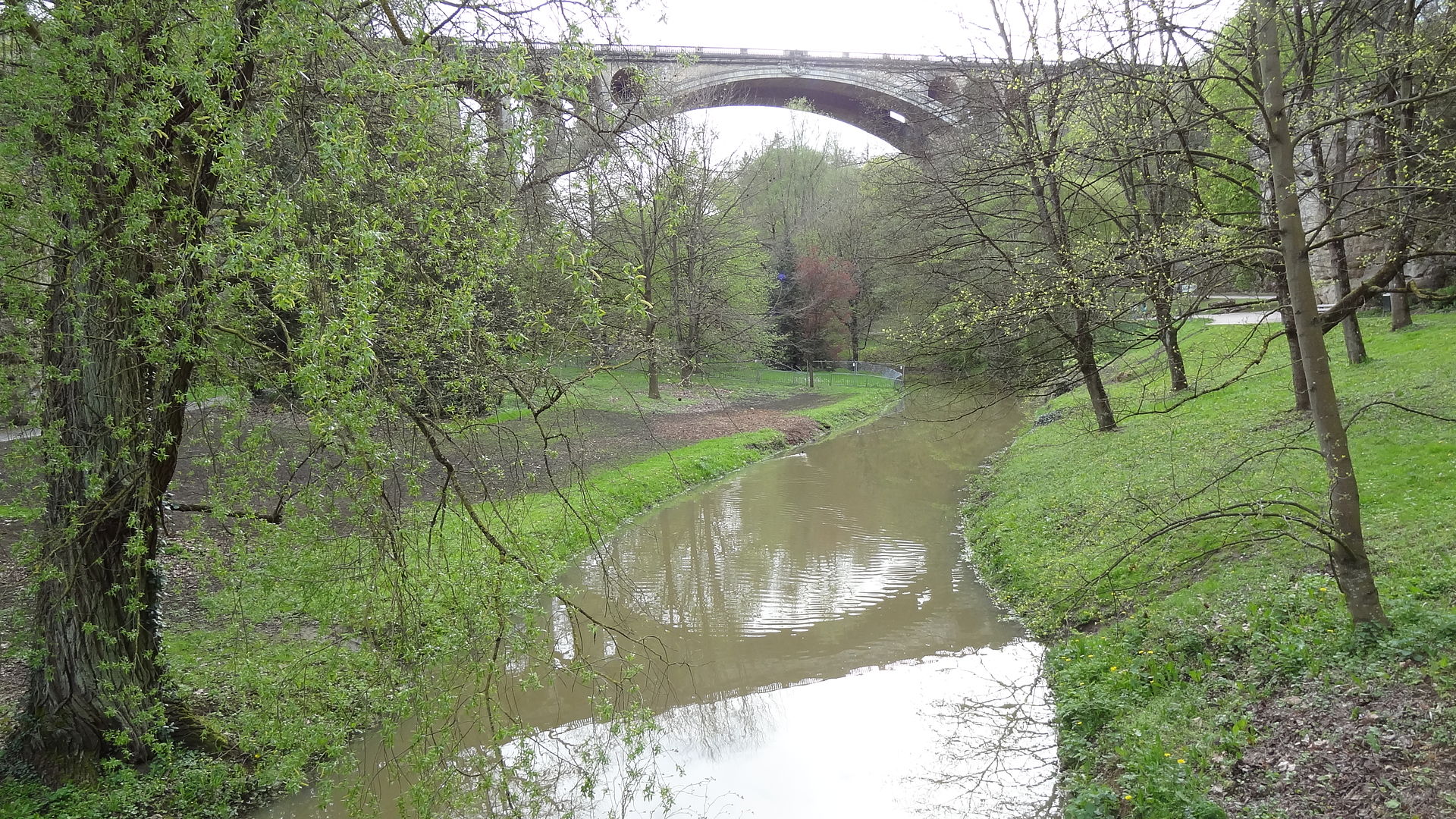
Conrad I’s son Henry III was the first of the counts to establish his permanent residence in the city which he ruled until 1096 when he was succeeded by his brother William (r. 1096-1131) who in his turn was succeeded by the last male descendant of Siegfried I, Conrad II. Conrad II died in 1136 without a male heir so the County of Luxembourg came under the direct control of the Holy Roman Emperor Lothair III who was not willing to let it be ruled by Conrad II’s closest relative Henri de Grandpré.

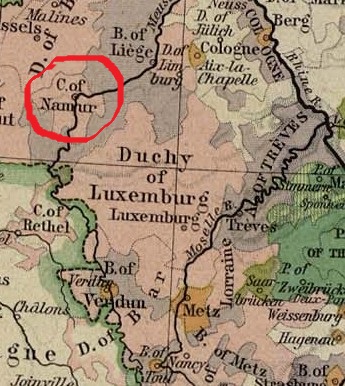
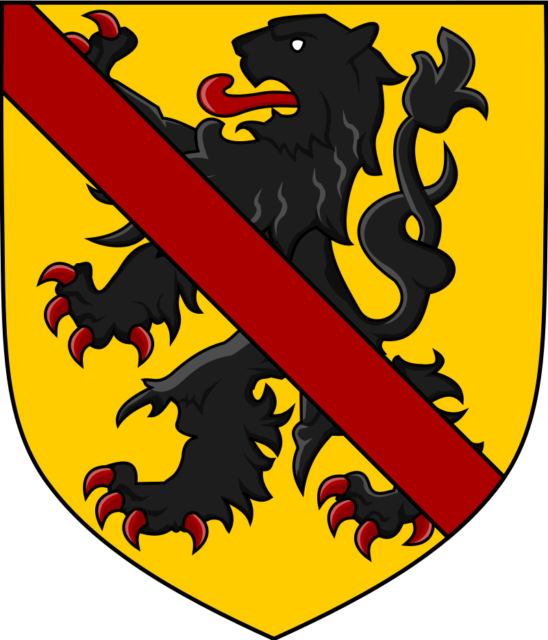
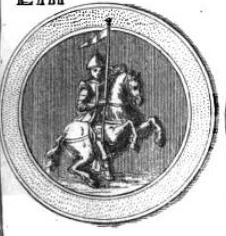
Henri was a French lord and that meant there was a great chance he would put the county of Luxembourg under the umbrella of the Kingdom of France. So the Emperor granted Luxembourg to Henry the Blind from the house of Namur, Conrad II’s maternal cousin.
By the time of Henry the Blind’s death in 1196 the city had expanded up to the point where the Cathedral of Notre Dame stands today, with a new city wall built adjacent to the current Rue du Fossé to protect the whole area.

